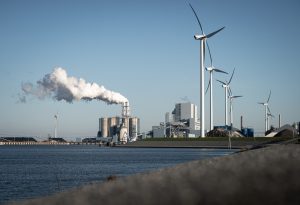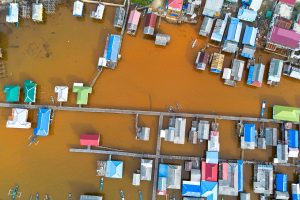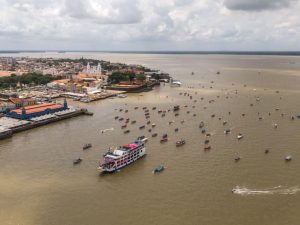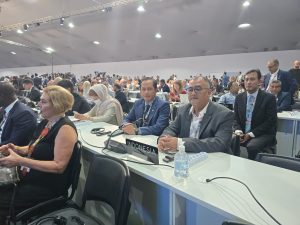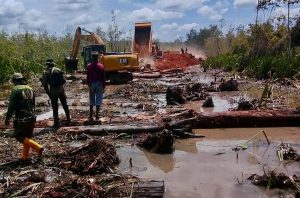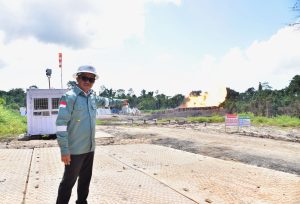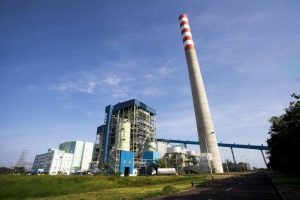Jakarta – New research from the National Research and Innovation Agency (BRIN) concludes that Indonesia’s climate has entered a new stage of so-called “next level climate change”, with a seemingly contradictory phenomenon: the rainy season is lasting longer, but the number of dry days without rain is also increasing.
This finding was presented by Erma Yulihastin, a researcher from BRIN’s Centre for Climate and Atmospheric Research, based on a long-term study from 1990 to 2050 projections, in a written statement on Tuesday, July 1.
“This condition reflects how the Indonesian region, which is dominated by the sea, responds to the increase in global temperature, which has now touched an average of 1.5°C,” said Erma. According to her, the duration of the rainy season is increasing, but there is also an increase in the number of dry days without rain, mainly between seasons that should be wet.
“This indicates that the seasonal pattern in Indonesia is increasingly erratic. Heavy and extreme rains occur more frequently in certain areas, while other areas experience longer droughts,” said Erma.
Areas experiencing an increase in extreme rain intensity include South Sumatra, West Java, South Kalimantan and South Sulawesi. Meanwhile, southern parts of Indonesia, such as Central and East Java, Bali, Lombok and Nusa Tenggara, are experiencing a wet-dry season, characterised by an increase in the frequency of extreme rain when it should be dry.
Extreme temperatures and weather instability increase
Not only are rainfall patterns becoming more prominent, but extreme temperature variations are also becoming more prominent, especially in Java. Northern East Java, including Surabaya, is predicted to experience more extreme maximum temperatures. Meanwhile, West Java will face lower-than-normal minimum temperatures more often.
“This temperature change has a direct impact on land-sea wind patterns. Atmospheric instability increases, so local storms and extreme weather will occur more frequently on mainland Java,” said Erma.
Different conditions occur in Kalimantan. West Kalimantan is more vulnerable to extreme rainfall, while East and South Kalimantan are expected to face a higher risk of drought in the future. Warmer surface temperatures are also predicted to be more dominant in the eastern, central and southern parts of the island.
All BRIN’s studies have been published in international scientific journals and have become essential references in developing national climate mitigation and adaptation strategies, particularly for sectors highly dependent on weather stability, such as agriculture, fisheries, and infrastructure.
Erma emphasised that local governments must be more adaptive in dealing with these changes. “We can no longer think that the seasons will always come according to the calendar. This is the era of unpredictable climate,” he concluded. (Hartatik)
Banner photo: Genaro Servín/pexels.com


